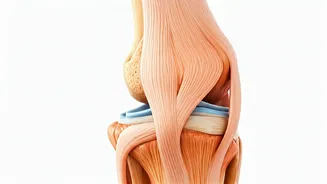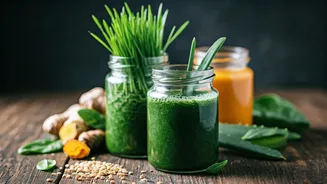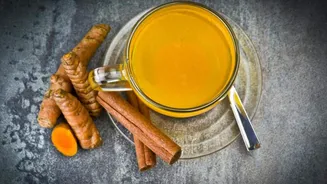Understanding Knee Health
Knee health is a critical aspect of overall well-being, particularly as individuals enter their 40s and 50s. The knee, a complex joint, is responsible
for mobility and bears significant weight, making it susceptible to wear and tear over time. Understanding the anatomy of the knee, including cartilage, ligaments, and tendons, is the first step toward effective care. Cartilage acts as a cushion, allowing for smooth movement, while ligaments and tendons provide stability. However, factors such as age, lifestyle, and genetics can affect this intricate structure. Regular exercise, maintaining a healthy weight, and avoiding high-impact activities are key to preserving knee health. Recognizing early warning signs of pain, stiffness, or swelling is also crucial. Addressing these issues promptly can prevent more serious problems down the line. Proper care involves a combination of preventative measures, such as strengthening exercises and appropriate nutrition, along with timely medical intervention when necessary.
Turmeric's Role
Turmeric, a spice widely used in Indian cuisine, has gained attention for its potential health benefits, including its impact on joint health. The active compound in turmeric, curcumin, is known for its anti-inflammatory properties. However, its effectiveness in maintaining cartilage health is a subject of ongoing research. Some studies suggest that curcumin may help reduce inflammation and alleviate pain associated with conditions like osteoarthritis, but more concrete evidence is needed. It's essential to consult with a healthcare professional before relying solely on turmeric for joint care. While turmeric can be a valuable addition to a healthy lifestyle, it may not be a standalone solution. The bioavailability of curcumin, meaning how well the body absorbs it, can also vary. Consuming turmeric with black pepper, which contains piperine, can enhance absorption. Incorporating turmeric into your diet through curries, smoothies, or supplements may provide benefits, but it should be part of a comprehensive approach to knee health, alongside exercise, weight management, and medical guidance.
Keeping Knees Pain-Free
Preventing knee pain in your 40s and 50s involves a proactive approach that encompasses lifestyle adjustments and regular habits. One of the most important factors is maintaining a healthy weight. Excess weight puts additional stress on the knees, accelerating wear and tear. Regular exercise is crucial. Low-impact activities, such as swimming, cycling, and brisk walking, are excellent choices because they strengthen the muscles around the knees without causing excessive strain. Stretching exercises, including hamstring stretches, quadriceps stretches, and calf stretches, can improve flexibility and range of motion, which is crucial for overall function. Diet plays a significant role. A balanced diet rich in anti-inflammatory foods, such as fruits, vegetables, and omega-3 fatty acids, can help reduce inflammation and support joint health. Furthermore, incorporating calcium and vitamin D into your diet can help promote bone health, which indirectly benefits the knees. Consider consulting with a physical therapist for tailored exercises and guidance. If you experience knee pain, don't ignore it. Seeking medical advice early can prevent the problem from worsening.












